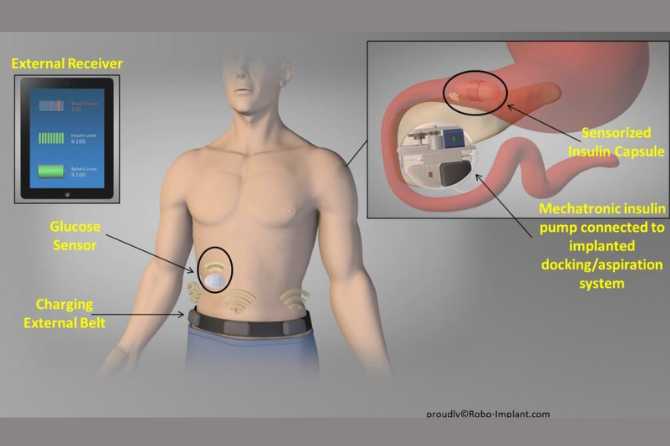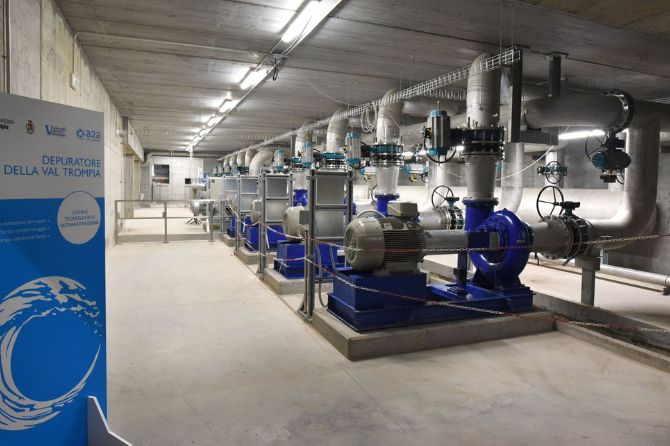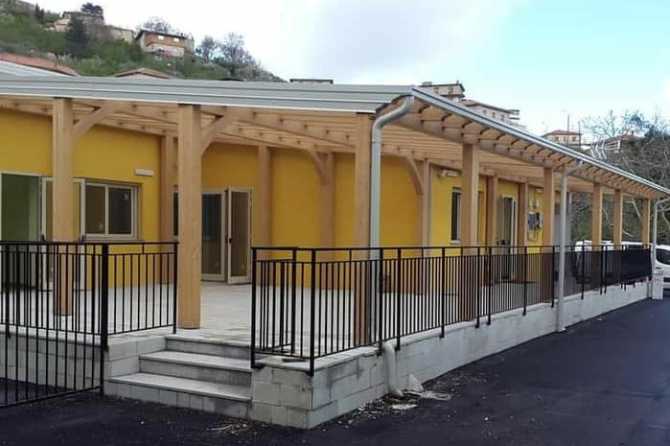The civic monitoring of the Walls of Ferrara awarded by the Chamber of Commerce
In November 2021, fourth-year students at Carducci Secondary School in Ferrara received the Storia di alternanza award handed out by the local chamber of commerce. The students were full of emotions at the award ceremony, which was broadcast on TeleEstense, where they told their story of civic monitoring of the restoration of the ancient walls of the city of Ferrara, a project financed by cohesion policy, as well as by the City of Ferrara and the Region of Emilia-Romagna. The project specifically aimed to restore several medieval sections of the wall along with Porta Paola, so as to provide new touristic and cultural itineraries as well as bike and pedestrian paths.
For the students, who did their work during the 2020-2021 school year within the scope of A Scuola di OpenCoesione (ASOC), civic monitoring became a spark that lit a fire under local residents. When their team, Moenia Green, won third place, Lorenza Cenacchi, teacher and team coordinator, said, “The Chamber of Commerce recognised their commitment to the city’s heritage and to a restoration project for a monument that symbolises the city of Ferrara and their drive towards more sustainable tourism.”
“At school, we told third-year students throughout Ferrara of the wall and their journey from past to present,” recalled Valentina, one of the students on the Moenia Green team who is now studying law at the University of Bologna. “Learning of their history and then seeing their state of disrepair had an effect on me. I’m happy to see that the city is doing something for the walls and that they heard what we had to say.”
According to Ms Cenacchi, the work the students of the Moenia Green team did within their school was invaluable. “Many students developed an interest in the city’s walls, and a number of them stepped up to make podcasts about the history of the walls. Something happened even if we did our work during the lockdowns, so it wasn’t easy,” she said. The class met with city administrators on multiple occasions, helping to motivate them to take action in line with the awareness of the issue brought when Mayor Fabbri, elected in 2019, presented his plan and declared that he intended to spend one million euros per year to refurbish the walls.
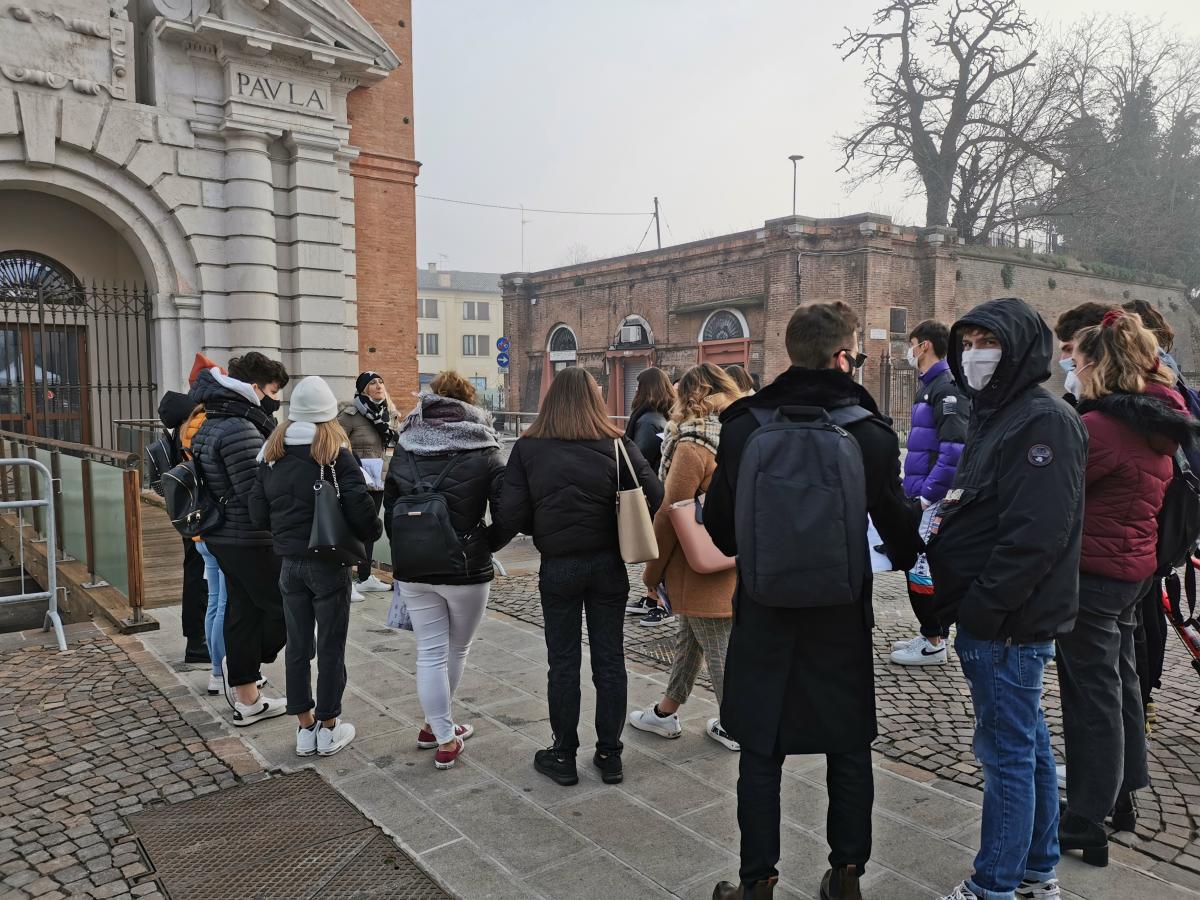
The city sent a list of the projects planned and carried out for the walls, one of the monuments that earn the city of Ferrara its place among the UNESCO World Heritage sites. The nine kilometres of fortified walls were erected here in medieval times, and among the actions planned is the restoration and upgrading of one kilometre of wall per year, as well as the restoration of Casa dell’Ortolano, an ancient farm labour house built in the late 19th and early 20th centuries that will be used in service of the wall for cyclists and tourists. The work was completed in January 2023 for a total investment of EUR 1.3 million.
There is also the new Porta Paolo tourist information office operated by the organisation Strada dei Vini e dei Sapori. The restoration of this city gate, which suffered earthquake damage in 2021, is another of the projects carried out within the scope of the project La grande cornice verde (literally: “The great green frame”), financed under the 2014-2020 cycle of the Development and Cohesion Fund. Also of note are the opening of a new business within the walls looking out over Piazzale Donatori di Sangue and the (ongoing) archaeological survey of the south wall that connects with the city’s historic fortress.
“Last September, work was completed on the Sant’Antonio rampart together on the San Pietro rampart, where invasive plant life that was threatening the wall’s integrity was removed,” explained a representative of the city. Here also updated the lighting all along the walls and installed support structures, as overseen by the cultural heritage authority, and energy-saving LED lights. The works will continue with the help of NRRP funding (EUR 1.5 million), including restoration of the eastern entrance to the city and the creation of a bike and pedestrian path around the walls.
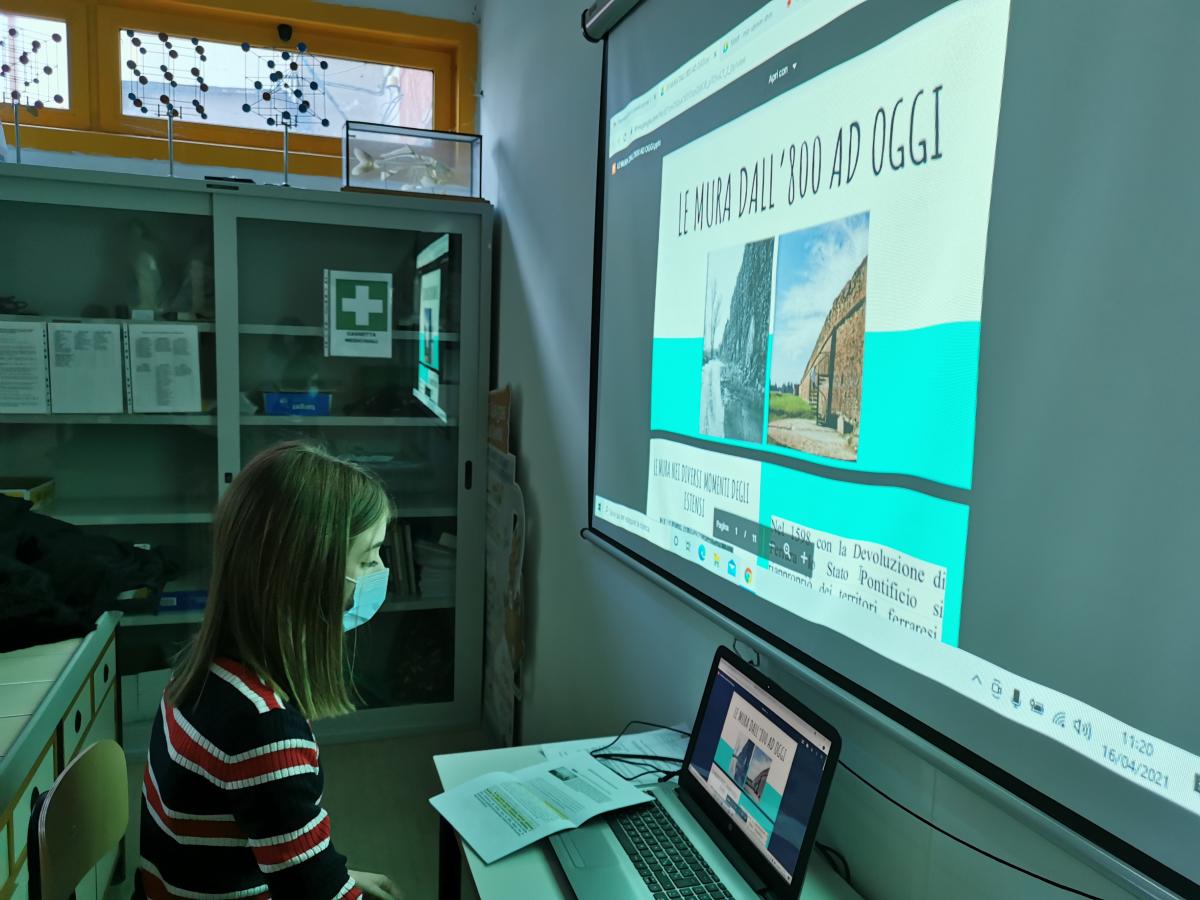 “With the class, we contacted about a dozen retail businesses along the walls, who explained, from their point of view, how this project helped redevelop the area,” said Cenacchi, who began another project of civic monitoring for the 2022-2023 school year with the team City Lung focused on sustainable mobility and the development of tourism in the city with the restoration of the former Teatro Verdi, which was transformed into an open experimental space. “We don’t know if we made much of a contribution. I can’t measure it, but I know that there’s a great deal of excitement around the walls.”
“With the class, we contacted about a dozen retail businesses along the walls, who explained, from their point of view, how this project helped redevelop the area,” said Cenacchi, who began another project of civic monitoring for the 2022-2023 school year with the team City Lung focused on sustainable mobility and the development of tourism in the city with the restoration of the former Teatro Verdi, which was transformed into an open experimental space. “We don’t know if we made much of a contribution. I can’t measure it, but I know that there’s a great deal of excitement around the walls.”
The City Lung project continues in the tradition of Moenia Green, whose project focused on the tourist itineraries featuring the city walls. “They are a cultural heritage that Ferrara had somewhat neglected, letting it grow wild and become a bit dangerous,” Cenacchi explained.
The first to turn some attention to restoring the walls was Giorgio Bassani, a local author and one of the founders of Italia Nostra.
One of the outcomes of the civic monitoring conducted by the students (who, in their Monithon report, deemed the project to be very useful and effective) was publication of all their material on the website of CDS, a cultural entity established in Ferrara in 1972 within the Montedison Works Council, first as a means of communication and documentation in support of workers and subsequently a publishing house and centre for research and debate concerning a wide range of topics that go far beyond labour issues and the local community, with CDS in the meantime also becoming Centro Documentazione Ricerca e Studi.
Among the materials, there is also a video, L’ultima firma, which was the final creative output of the team that offers an original interpretation of the history of the walls with a slightly dystopian bent. “The message we wanted to convey was to never neglect something so important,” explained Valentina, one of the students on the team, “and that even in apocalyptic times there can be a spark that reignites the flame.”


